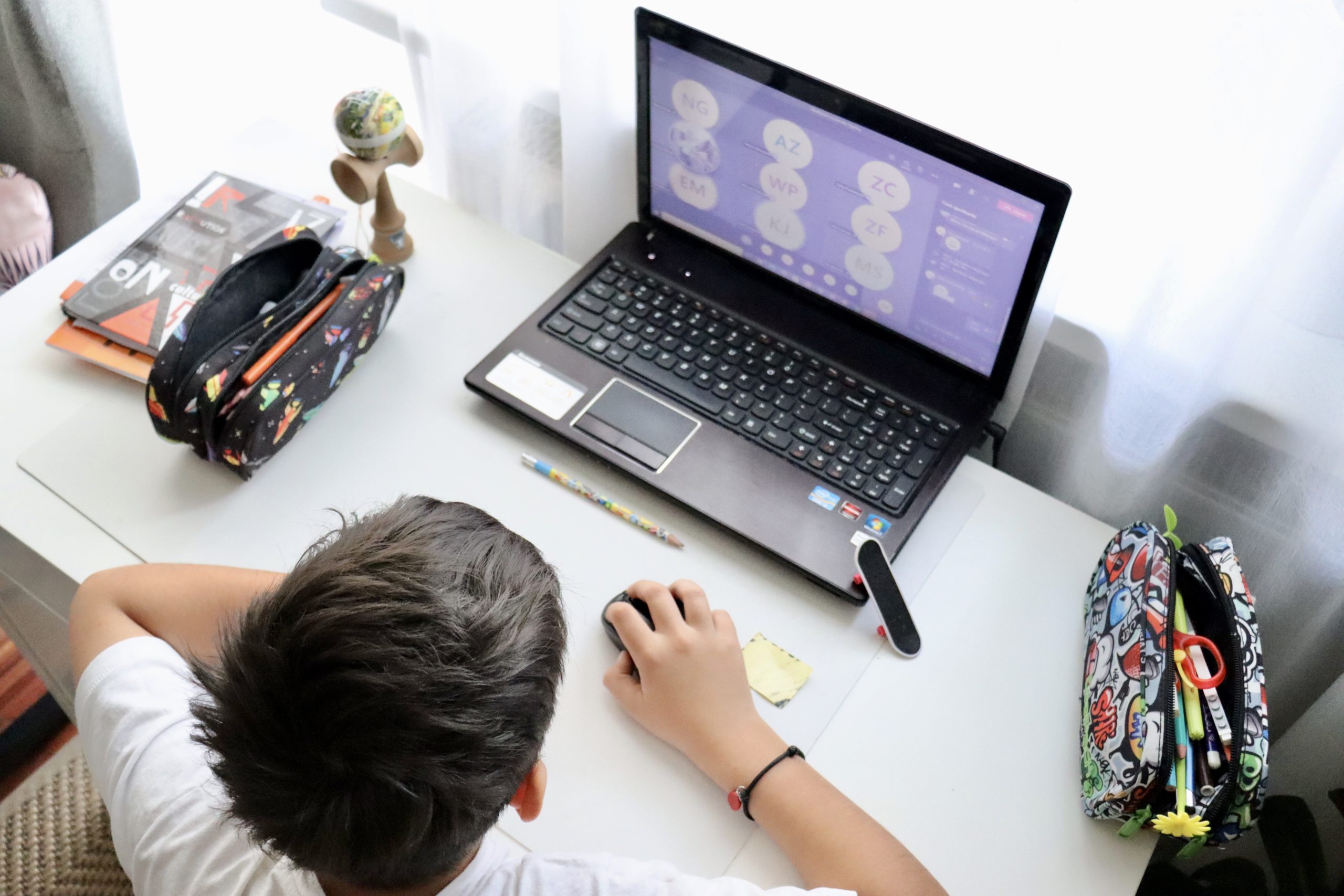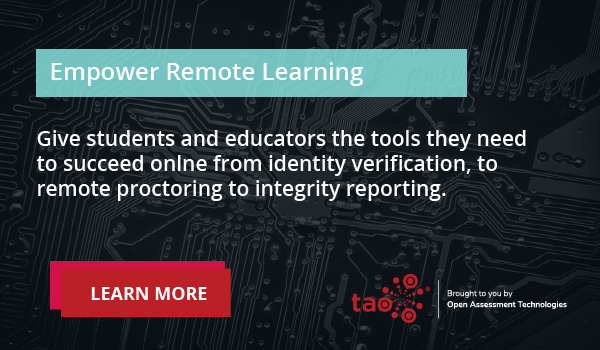Digital tools have had a place in education for over a decade. However, COVID-19 sparked rapid growth, adoption, and reliance on these tech-enabled learning tools in and out of the classroom, with varying degrees of success across student and teacher populations.
The abrupt transition to distanced learning last March left many teachers unprepared and untrained on digital platforms, which meant they delivered digital lessons with varying degrees of success.
Their students had inconsistent learning experiences during this time as well. Some struggled with access to technology or adequate support from teachers, tutors, parents, etc., while others thrived with access to a computer, at-home learning station, and extra support tools.
As schools transition back to hybrid or in-person classes, educators have begun to realize that the inconsistencies of 2020’s remote learning have left students on an unequal footing in the classroom. The range between highest performer and lowest one has grown exponentially in the past year, and educators need to help their students catch up.
This post will explain how personalized assessment and learning tools can help students recover from inconsistent learning from the past year and set them up for long-term success.
Reimagining the Learning Landscape
2020 initiated a critical turning point in K-12 education. As schools move back towards in-person or hybrid learning models, teachers are working to strike the perfect balance between physical and digital tools, with their students’ best interests and success top of mind.
The one-size-fits-all approach to education is a thing of the past. Teachers already know that their students have different strengths, preferences, and learning styles. As educators work through post-pandemic learning models, they’re finding new ways to personalize learning and assessment tools to help disparaged students catch up and create equitable learning outcomes across classes.
The Role of Digital Tech in Post-Pandemic Learning
Digital assessment tools are the perfect medium for turning teachers’ universally shared vision of customizable learning into reality and promoting interoperability in the world of K-12 education. Here are a few ways teachers can integrate personalized assessments into various learning models to analyze and improve student performance across the board:
#1 Tailor testing materials to student needs.
To keep up with the learning curve, teachers need to accurately assess where their students are today. Instead of relying on the existing curriculum or level-setting class performance with a comprehensive exam, teachers should lean on adaptive tests that present questions to students with the intent of capturing their real understanding of the subject at hand.
A.I.-powered assessments offer an engaging, immersive experience and measure each student’s knowledge beyond checking a box or giving a multiple-choice question their best guess. These assessments also give kids a chance to flex their creative muscles and use critical thinking skills to uncover the best solution or answer in any given scenario.
Adaptive testing is another valuable tool that automatically tracks student engagement and adjusts prompts based on previous answers. This approach gives test-takers the best chance at success and helps teachers identify their qualitative mastery of a skill.
#2 Prioritize engagement in and out of class.
Whether students learn in a classroom, at home, or a mix of the two, keeping them engaged is always a high priority. It’s also an immense challenge. Just because students are in class doesn’t mean they’re actively engaging in the lesson. Ticking the ‘present’ box on a roster or looking for a faceless name on a zoom call isn’t enough.
Keep students engaged in any classroom setting with fun, interactive assessments, collaborative activities, and more. Online message boards or chatrooms encourage student brainstorming and collaboration in remote environments, while in-class discussions or roundtables help make students an active part of their learning experience.
Routine, low-stakes assessments, also known as formative assessments, are another great way to measure student engagement. Instead of inducing ‘test anxiety’ with a pop quiz, teachers can use quick questionnaires or interactive feedback tools to gauge how well students understand each new concept so that they can adjust lesson plans accordingly. Formative assessments also encourage students to reflect on each lesson as it comes, slowly building their mastery of a subject and preventing pre-exam cram sessions later on.
#3 Measure individual and class progress.
In or out of the classroom, digital assessment tools empower instructors by streamlining exam management and tracking key data metrics around student learning, engagement, and long-term class performance.
Teachers can leverage digital tools to grade and record exam results automatically. With less time spent grading by hand, instructors have time to analyze the meaning behind the metrics. They can track one student’s grade across the academic year, track how the entire class performed on a single exam, and even see overarching performance metrics or learning trends for grade-level as a whole.
Most notably, these robust reporting tools allow teachers to store and access assessment data from a central location. From there, they can export this valuable data into their preferred visualization tool or share it with parents, colleagues, and administrative staff.
—
As we look ahead to the future of learning, it’s safe to say that digital tools are here to stay, whether in the classroom or a remote learning environment. Adopting personalized digital assessment solutions will help students get back on track in light of 2020 and contribute to their long-term success.
TAO testing offers flexible assessment tools to support educators and students alike as learning environments evolve post-pandemic. Go fully remote with our robust suite of digital solutions or integrate TAO into your existing software for a one-of-a-kind hybrid solution.
Contact us today to get started.


